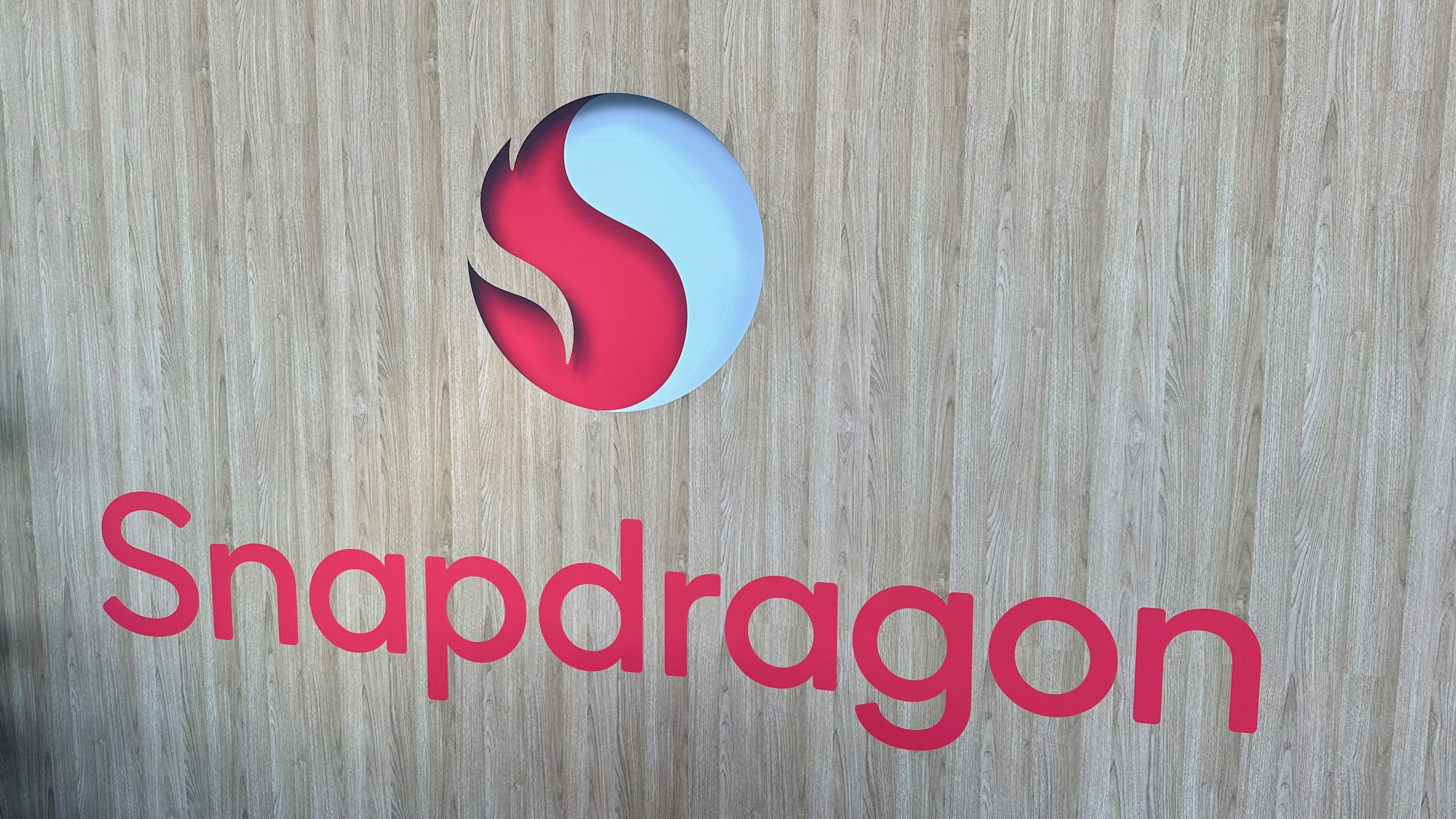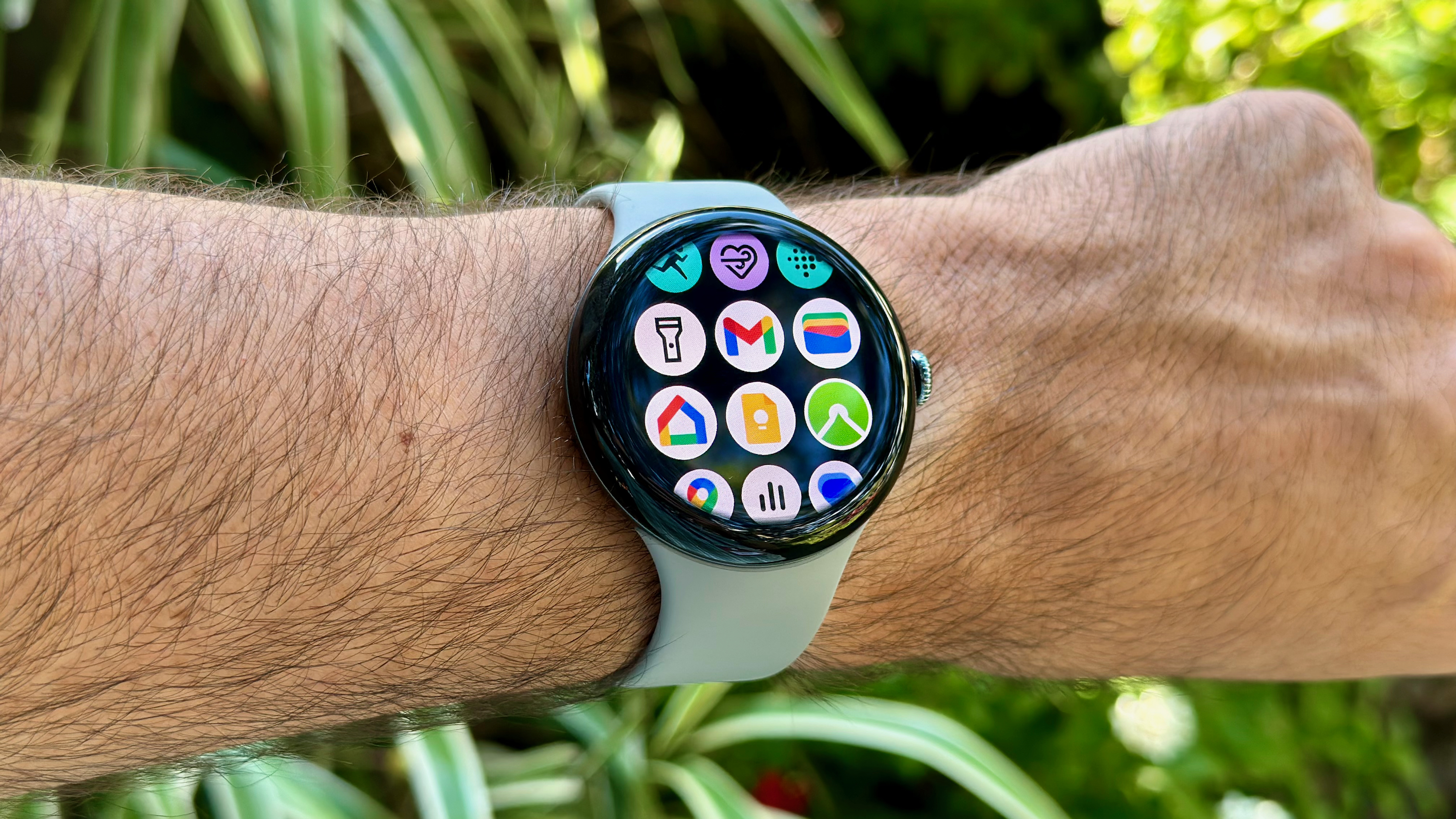Wear OS Weekly
This new weekly column focuses on the state of Wear OS, from new developments and updates to the most recent apps and options we need to spotlight.
Qualcomm did not announce a brand new wearable SoC at Snapdragon Summit 2024, however I had the prospect to talk with Dino Bekis, VP & GM of Wearables at Qualcomm, about what to anticipate from upcoming Wear OS {hardware}. He hinted at a brand new Snapdragon Wear SoC announcement “subsequent 12 months,” teasing a extra “feature-focused” and “AI-driven” chip than earlier than.
In the smartwatch world, we have grown accustomed to SoC stagnation. We’ll see dozens of recent smartphone or pill chipsets per 12 months, whereas smartwatch manufacturers launch one watch after one other with the identical processor — proper now, the Snapdragon W5 Gen 1 launched in 2022 — for lack of choices. Unless you are Samsung, which might make its personal Exynos {hardware}, you’re employed with what you will have.
In 2023, Qualcomm and Google introduced that they are co-developing an open-source RISC-V Snapdragon Wear platform that strikes away from Arm cores for extra environment friendly, custom-built CPUs. It sounded promising, however a 12 months later, Qualcomm spent its Summit targeted on its Snapdragon 8 Elite with {custom} Oryon cores, barely mentioning wearables.
When I first spoke to Bekis casually throughout a Snapdragon Summit dinner, I discussed that I used to be dissatisfied by the dearth of Wear {hardware}; that is the place he first hinted a few 2025 Snapdragon Wear chip.
So I organized a extra formal interview to get any extra particulars he might share on the Snapdragon W5 Gen 2 (or no matter Qualcomm calls it), the infrequency of watch chips, and what to anticipate from future Snapdragon-powered smartwatches.
Why {custom} RISC-V (or Oryon) is the way forward for Wear OS watches

Up till now, smartwatches utilizing Arm cores have had the problem of scaling as much as smartphone-level features on a battery that is an order of magnitude smaller, Bekis says. Now they’re “contemplating one thing new” — which is no surprise, given the present Qualcomm-Arm authorized battle.
Google, Qualcomm, and different companions envisioned RISC-V as a option to make {custom}, open-source CPUs with low energy necessities and excessive efficiency. A 12 months later, Bekis emphasised that “{hardware} is one factor” however that it is one other factor to port present Wear OS software program and apps to run natively on new silicon. Qualcomm and Google are “engaged on it” proper now, and I’m assuming 2025 is the goal to have RISC-V software program optimized.
I requested Bekis what the distinction is between RISC-V and Qualcomm Oryon when it comes to potential {custom} silicon options for wearables. He as soon as once more introduced up scalability, explaining that Qualcomm’s typical workflow meant that they’d focus first on high-power PCs (Snapdragon X Elite), then scale all the way down to cell (Snapdragon 8 Elite) earlier than attempting to scale the ability calls for down once more to the difficult wearable degree.
He actually did not rule out the concept that a future Snapdragon W5 chip might use Oryon cores, however he additionally mentioned Oryon would not essentially be “higher” than RISC-V. Their goal is to intention for “every week’s price of battery life” on Wear OS, he mentioned, and decide which {hardware} choice can ship it. Whether that is a Snapdragon W5 Elite or an open-source answer, it does not matter to Bekis.
Qualcomm might have developed RISC-V and wearable Oryon cores concurrently, however my educated guess is that the latter will take longer to materialize, as they fulfill their present partnership with Google at the beginning.
Why smartwatch chipsets are so rare

I requested the Qualcomm VP why we do not see a wider array of smartwatch chipsets. Premium watches just like the Galaxy Watch Ultra can solely differentiate on design as a result of there aren’t higher-end SoCs obtainable, as an example. And we do not see opponents like MediaTek attempting to enter the wearable fray.
Bekis introduced up once more the phone-like necessities smartwatches have: despite the fact that the show is small, they require strong GPU, energy islands for always-on features, and {hardware} offloads. That difficult steadiness and the restricted variety of purchasers making Wear OS-level watches disincentivize different corporations from coming into the fray.
As for Qualcomm’s personal technique, he says that the demand for a brand new chip from smartwatch makers is “each two to a few years.” According to him, they do not need a brand new chip yearly. Presumably, every {hardware} change would require a redesign and loads of R&D, greater than you’d want for a smartphone with a better energy and warmth steadiness.
Instead, OEMs desire a platform that may “scale for a number of years” with annual software program updates. That explains the hole for the reason that 2022 Snapdragon W5 Plus Gen 1, since for Qualcomm, the “frequency of {hardware} is about what the funding profile can tolerate.”
If the Pixel Watch 3 can add new software program methods and have stable efficiency with two-year-old tech, then Qualcomm does not want to spend cash on a brand new chip Google hasn’t requested for but.
I do want there was the equal of a flagship chipset for top-tier watches just like the Ultra, however Android watches aren’t like Android telephones; discovering the ability for additional efficiency would in all probability trigger too many issues to be price it.
How next-gen wearable platforms will innovate
I requested Bekis what he meant by a “extra feature-focused” Wear chipset. He defined that the aim is to make a wearable extra like a PC.
Bekis defined that your laptop is a versatile compute-based platform with sufficient “headroom” to run no matter app you need for years. That’s the aim with wearable SoCs, too: to make a “dynamic, versatile platform that OEMs can innovate on” with “extra on-device AI functionality” and “extra compute functionality,” all whereas decreasing energy consumption.
Put extra merely, it is about giving OEMs extra of a threshold to experiment with completely different options in order that they don’t seem to be all so homogenous in what they provide, and annual updates will not be so arduous to implement.

What might the Snapdragon W5 Gen 2 do with this headroom? Bekis talked so much about AI performance. The perception throughout the corporate is that they will quickly have the ability to shrink an LLM to suit on low-power units like smartwatches and good glasses, skilled with about 1–3 billion parameters.
With this improve, your watch would have the ability to assist pure language processing with out being dependent in your telephone or the cloud, even when the outcomes aren’t as correct with fewer parameters. AI-enhanced understanding of your instructions would make the outcomes extra helpful for pulling related knowledge; Bekis additionally talked about the potential for purposes like live-translating speech out of your wrist.
He argued that enhanced AI on Wear OS may have a further profit for well being evaluation and privateness. He gave the instance that watches depend on sending your personal knowledge to the cloud to investigate it and ship you helpful insights; in case your watch had correct edge computing for well being knowledge, it will be extra personal and would offer you quicker evaluation of any potential issues.
Qualcomm and Masimo lately partnered as much as develop a health-focused reference machine for smartwatch OEMs. In that announcement, Bekis claimed this machine would “broaden the vary of smartwatch decisions for shoppers” by giving OEMs “strong, production-ready designs.”
In our interview, he repeated his perception that Masimo would convey “medical” accuracy to Wear OS watches sooner or later and that OEMs like Google, which beforehand developed their very own sensors, would gladly borrow Masimo’s experience in areas just like the HR algorithm, sensor placement, and correct electrical move.
